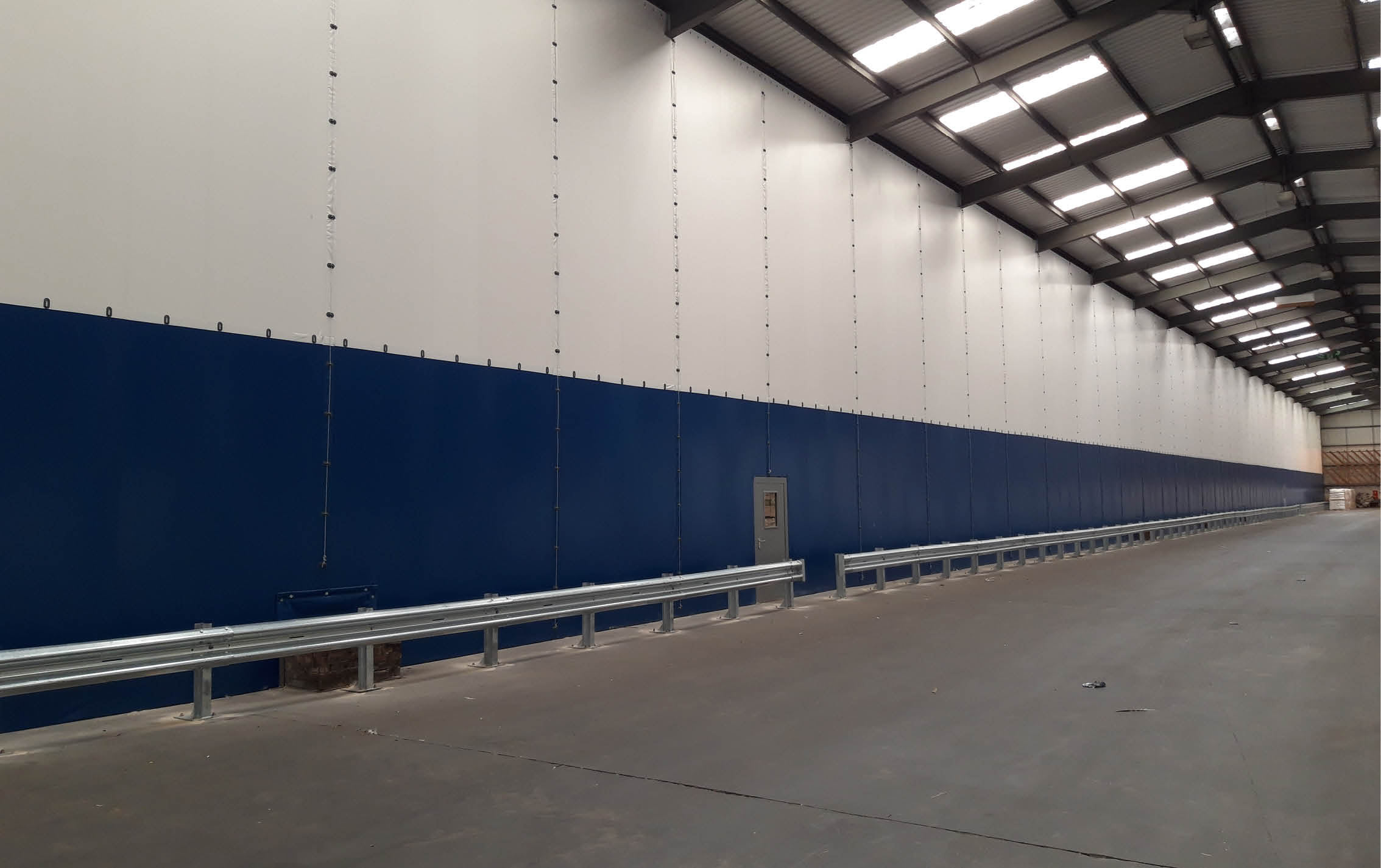In today’s globalised world, ports play a crucial role in facilitating international trade and commerce. With the steady growth of global shipping and the ever-increasing volume of goods being transported, ports are facing a pressing challenge – the need for additional storage space. To address this demand, port facilities must adapt and modify their existing setups to accommodate the growing storage requirements. This article explores the reasons behind the need for extra storage space in ports and discusses the steps that can be taken to effectively meet this demand.
The growing demand for storage space:
The demand for additional storage space in ports arises from several factors. Firstly, the increase in global trade has resulted in larger volumes of goods passing through ports. As consumer demand continues to rise, ports must accommodate larger shipments and store goods until they can be efficiently distributed. Secondly, changing patterns in supply chains and logistics require ports to have sufficient storage capacity to handle fluctuations in inventory levels and provide flexibility in managing cargo.
Changing existing setups:
To meet the need for additional storage space, ports must be willing to adapt their existing setups. This can involve re-evaluating current infrastructure, processes, and storage practices. Here are some crucial space utilisation steps to consider:
• Optimise existing space: Before considering significant modifications, it is essential to make the most of the available space. Implement efficient storage systems, such as high-density racking, mezzanine floors, or automated storage solutions, to maximise storage capacity. Evaluate if creating new areas within the facility would support your space utilisation plan.
• Utilise vertical space: In many port facilities, vertical space is underutilised. Installing taller racks or shelving systems can significantly increase storage capacity without expanding the physical footprint. Additionally, utilising technologies like stacker cranes or ASRS can improve access to goods stored at height.
• Explore temporary external storage options: If modifying existing facilities is not feasible, ports can consider temporary storage solutions or partnering with external storage providers.
These options can provide the necessary capacity without requiring significant modifications to the current setup.
Conclusion:
As the demand for global trade continues to surge, ports face the critical challenge of accommodating additional storage space. Adapting existing setups to meet this demand is crucial for maintaining efficient operations and supporting smooth supply chain management.
Enclosing an existing mezzanine using a flexible partition wall is an effective solution that allows for the creation of a contained new area within existing space. Enabling businesses to maximise their available square footage while maintaining an efficient and functional layout.
Whether it’s creating additional offices, meeting rooms, storage areas, or simply dividing space for dust protection, our Flexiwall solution offers the flexibility to quickly adapt to changing business needs. With its unique design and quick installation, it is a cost-effective way to optimise and transform space.
These approaches enhance the functionality of the existing facilities, making them an ideal choice for businesses seeking efficient space management solutions. By optimising and transforming existing space, utilising vertical storage, investing in technology, and exploring temporary external building options, ports can effectively address the need for additional storage capacity. By embracing these changes, ports can remain competitive, ensuring the smooth flow of goods and supporting the global economy.
